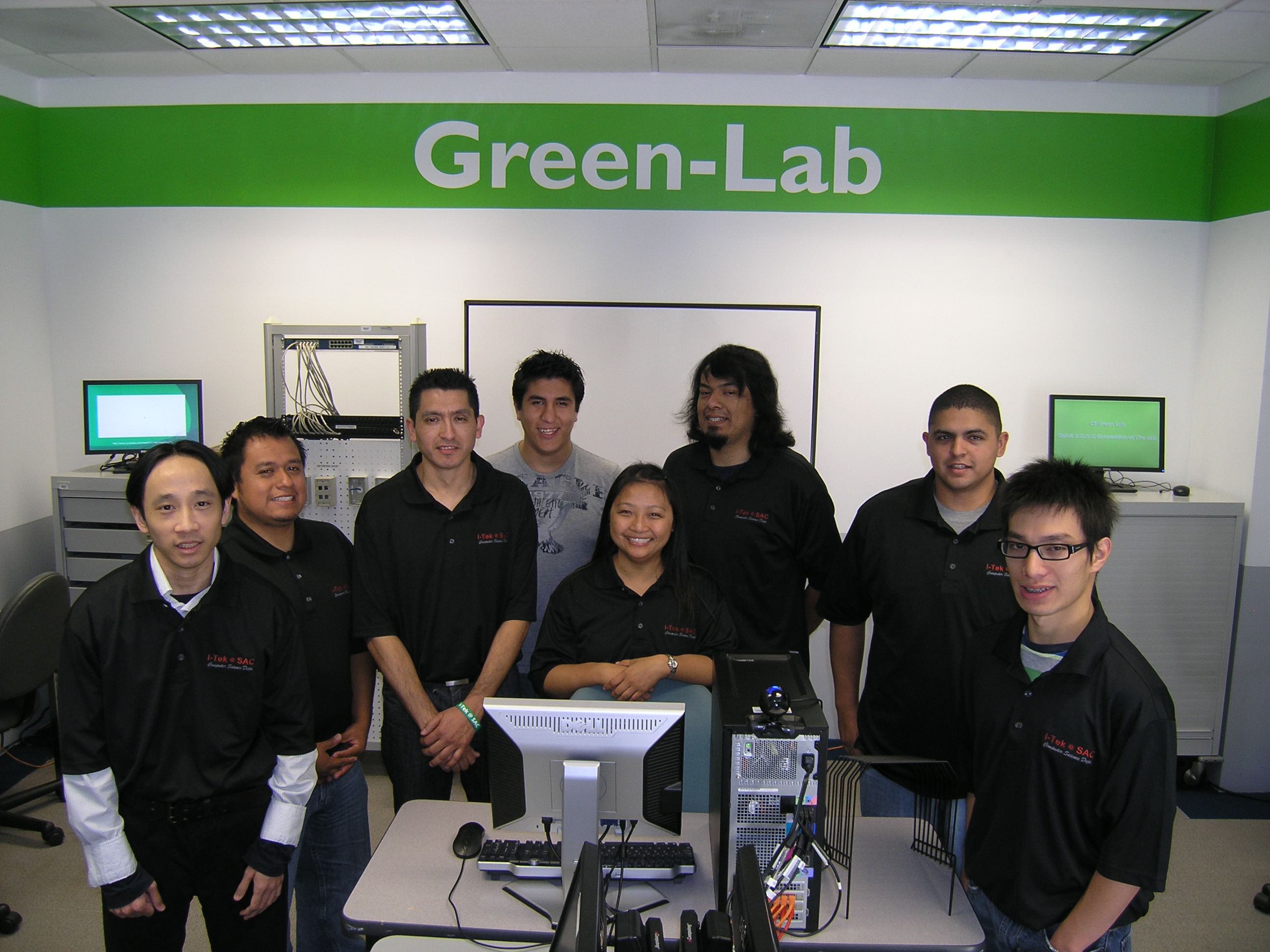College trims energy consumption with nComputing thin clients

When school budgets are squeezed, technology updates are often the first thing to be crossed off the spreadsheet. So Santa Ana College in California improvised on its plan to create a new computer lab by using personal computers combined with nComputing thin clients to extend a smaller investment budget.
Along the way, the two-year college was able to make more computers available to its computer science students while saving roughly 83 percent on the energy it would have taken to deploy individual desktops. Previously, the school's IT team had wheeled around a cart outfitted with computers to accomplish the same mission -- limiting access.
The new approach helped open up access to more students, and it provided a great test case for helping administrators at the college see first-hand a demonstration of technologies that could help cut overall energy costs, said Nicholas Quach, the Santa Ana College information technology systems director.
The nComputing thin clients use approximately 5 to 6 watts per device, compared with about 100 watts for a typical desktop computer. They are deployed in conjunction with virtualization software from VMware. The college purchased four Dell systems to support the thin clients, which can support up to 25 students at once. The technologies in the lab are being used as the foundation of a Green Lab for testing other technologies, according to Santa Ana administrators.
The college's computer science students were instrumental in deploying the solution, said Cherylee Kushida, department chair of computer science for Santa Ana College. She notes in a published case study about the deployment:
"From a teaching perspective, the simplicity of NComputing devices to integrate with other technologies such as VMware allows the students to be trained at the college and then apply their acquired skills as interns for local companies."
One example of a green technology that was tested by the Santa Ana College computer science department is iPAN, a smart surge protection device and power strip that automatically turns off attached peripherals and computing devices when a master computer is shut down. Occupancy sensors help make the shut-down decision for all manner of connected gadgets and technologies; when a sensor senses a workspace or room is empty, the strip shuts down connected devices as appropriate. After testing the impact of iPAN within the department, the students recommended it for use across the campus.
